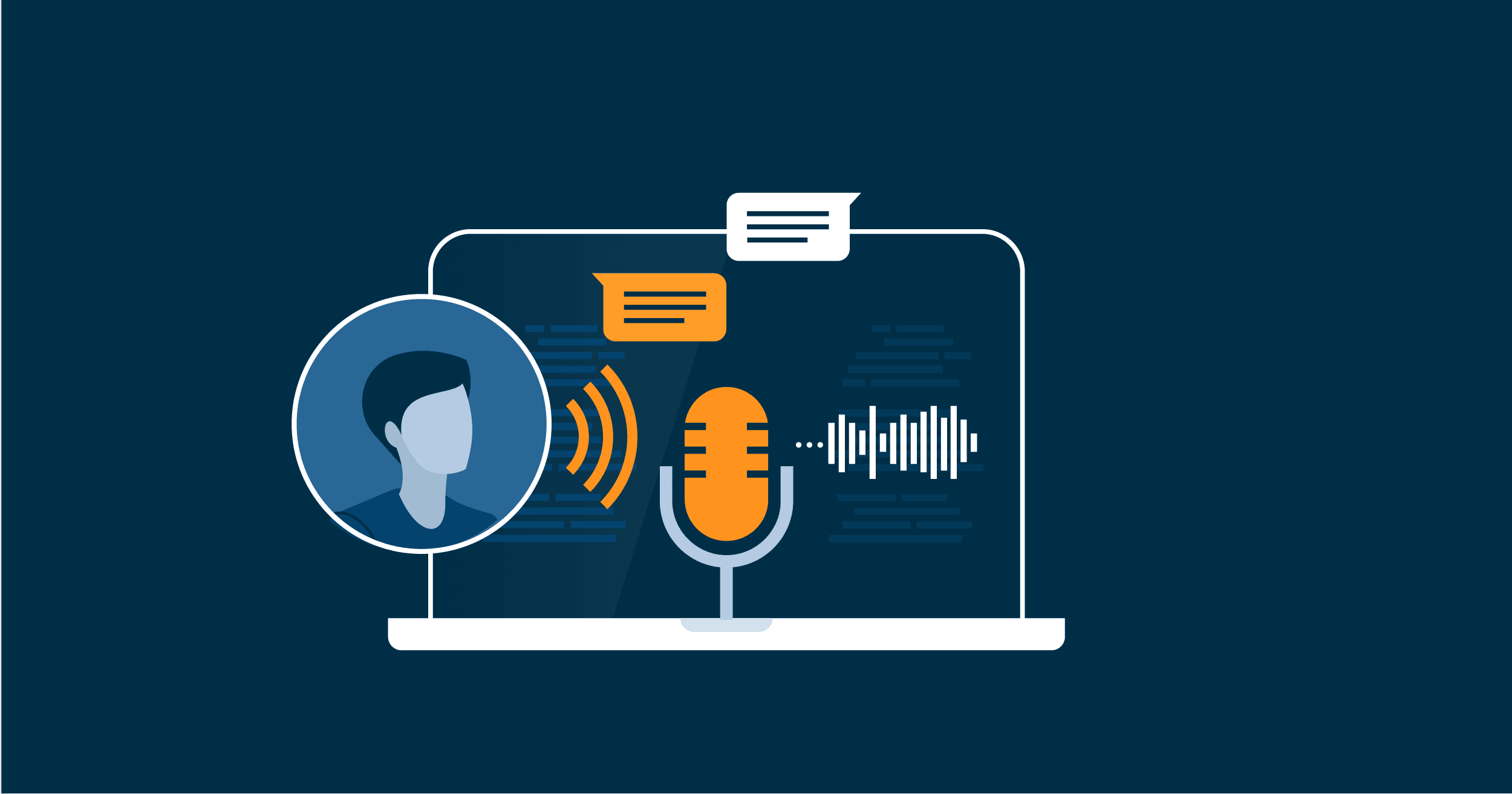The Key Components of Natural Language Processing (NLP)
Aug 14, 2024

Natural Language Processing (NLP) is a rapidly evolving field of artificial intelligence that focuses on enabling computers to understand, interpret, and generate human language. As a multifaceted discipline, NLP combines computational linguistics, machine learning, and deep learning techniques to process and analyze large amounts of natural language data. In the context of content creation, NLP plays a crucial role in automating and enhancing various aspects of the process. From generating coherent and contextually relevant text to analyzing sentiment and identifying topics, NLP has become an indispensable tool for content creators and marketers.
In this comprehensive blog post, we will delve into the key components of NLP and explore how they can be leveraged to create high-quality, SEO-optimized content. We will also discuss the applications of NLP in content creation and provide insights into the best tools and techniques to streamline your content creation workflow.
Tokenization: Breaking Down Text into Manageable Units
Tokenization is the fundamental process in NLP that involves breaking down text into smaller, manageable units called tokens. These tokens can be individual words, phrases, or even characters, depending on the specific requirements of the NLP task.
The process of tokenization typically involves the following steps:
Text Preprocessing: Cleaning and normalizing the input text by removing special characters, HTML tags, and other irrelevant elements.
Sentence Segmentation: Dividing the text into individual sentences based on punctuation marks or other linguistic cues.
Word Tokenization: Breaking down each sentence into individual words or tokens, often using whitespace or punctuation as delimiters.
Token Normalization: Standardizing the tokens by converting them to lowercase, removing stop words (common words like "the," "a," "and," etc.), and applying stemming or lemmatization to reduce words to their base forms.
Here's an example of tokenization using Python's NLTK (Natural Language Toolkit) library:
Output:
By breaking down text into tokens, NLP algorithms can analyze and process language more effectively, enabling tasks such as sentiment analysis, topic modeling, and text generation.
Part-of-Speech Tagging: Identifying Word Functions
Part-of-Speech (POS) tagging is the process of assigning grammatical tags to each word in a sentence, indicating its part of speech (e.g., noun, verb, adjective, adverb). POS tagging helps NLP algorithms understand the structure and context of a sentence, which is crucial for accurate language processing and generation.
POS tagging is typically performed using statistical models trained on large datasets of annotated text. These models analyze the context and surrounding words to determine the appropriate tag for each word. Here's an example of POS tagging using Python's NLTK library:
Output:
In this example, each word is assigned a POS tag based on its function in the sentence. For instance, "The" is tagged as a determiner (DT), "quick" as an adjective (JJ), and "jumps" as a verb (VBZ).POS tagging is particularly useful for tasks such as named entity recognition, where identifying proper nouns (e.g., people, organizations, locations) is crucial for extracting relevant information from text.
Named Entity Recognition (NER): Identifying Important Entities
Named Entity Recognition (NER) is the process of identifying and classifying named entities in text, such as people, organizations, locations, dates, and quantities. NER helps extract valuable information from text by identifying the most relevant entities and their relationships.
NER is typically implemented using machine learning algorithms that analyze the context and structure of text to identify and classify named entities. These algorithms often use POS tagging and other linguistic features to determine the boundaries and types of named entities. Here's an example of NER using spaCy, a popular NLP library in Python:
Output:
NER is particularly useful for content creation tasks such as summarization, where identifying the most important entities can help generate concise and informative summaries. It can also be used for targeted content recommendations, where entities extracted from a user's browsing history or preferences can be used to suggest relevant content.
Topic Modeling: Identifying Themes and Trends
Topic modeling is a technique used to identify the main themes or topics discussed in a collection of documents. It helps content creators understand the underlying structure and themes of their content, enabling them to create more targeted and relevant content for their audience.
Topic modeling algorithms analyze the words and phrases used in a collection of documents to identify common themes or topics. These algorithms often use techniques such as Latent Dirichlet Allocation (LDA) or Non-negative Matrix Factorization (NMF) to identify the most relevant topics and their associated keywords.
Here's an example of topic modeling using the Gensim library in Python:
Conclusion
Natural Language Processing (NLP) is a rapidly evolving field that is transforming the way we create and consume content. By combining computational linguistics, machine learning, and deep learning techniques, NLP enables computers to understand, interpret, and generate human language with increasing accuracy and sophistication.
In this blog post, we have explored the key components of NLP, including tokenization, part-of-speech tagging, named entity recognition, sentiment analysis, topic modeling, and text generation. We have also discussed how these components can be leveraged to streamline content creation workflows and create high-quality, engaging content more efficiently.